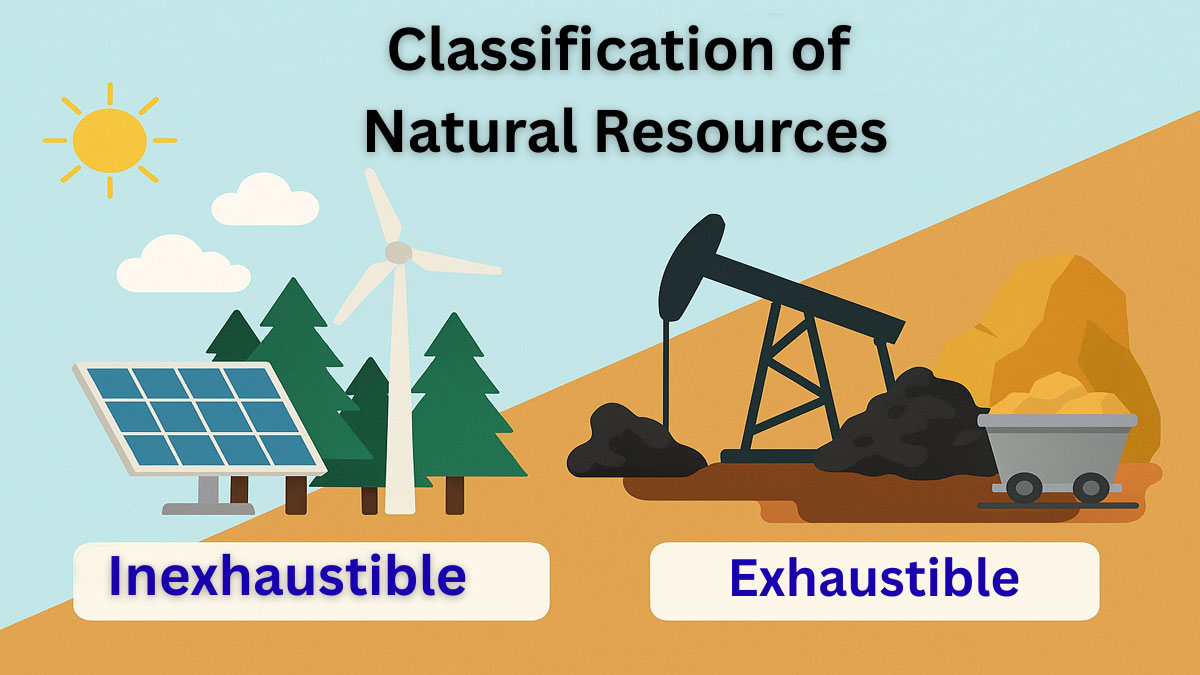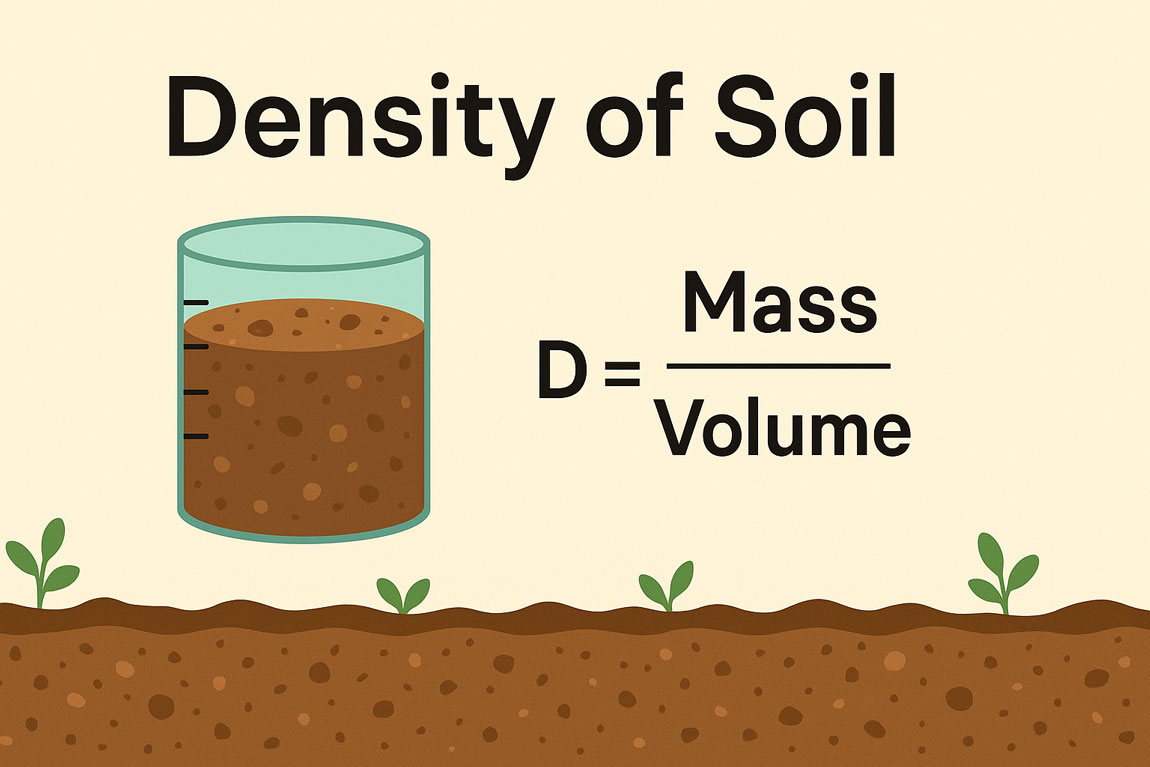Four types of Metamorphic agents
- Temperature
- Pressure
- Directive stress
- Chemically active fluid/metamorphic fluids
Temperature
- In regular continental crust, a typical geothermal gradient within the first 3 to 5 kilometers (2 or 3 miles) of Earth’s surface is about 25°C/km.
- Promotes recrystallization/crystal growth.
- Unstable mineral/s will decompose to form new stable mineral/s.
- Devolatilization, dehydration, and decarbonization reactions may take place.
- Temperature causes the rocks to easily overcome kinetic barriers toward attaining a new equilibrium.
- Most metamorphism takes place between a temperature of around 150 to 850oC.
- However, metamorphism can occur very locally at temperatures up to the solidus of dry basalt (>1000oC).
Pressure
- Here, pressure refers to confining pressure, equal in all directions.
- There are pressure limits to the stability of minerals and mineral associations, just as there are temperature limits.
- Most metamorphism takes place at pressures generally below 10 kbar corresponding to depths of 37 km depth, based on an average continental crustal density of 2.7 g/cm3.
- However, in subduction zones near trenches and continental collision zone depths can reach 100 km or more (ultrahigh P >=30 kbar).
Directional Stress
- This occurs most commonly in orogenic belts, extending rifts, or in shear zones (i.e., generally at or near plate boundaries).
- affects the textures and structures in rocks but not the equilibrium mineral assemblage.
- may also provide the impetus to overcome kinetic barriers to reactions.
- Generally causes mineral grains to be aligned in a preferred orientation, resulting in foliation and lineation in metamorphic rocks.
Chemically active fluid/metamorphic fluids
- Intergranular metamorphic fluids are usually dominated by H2O, but CO2 may also be present in some rocks.
- Fluids affect the P-T stability condition for minerals; this is particularly important for low P-T conditions. Zeolite stability is strongly dependent on fluid composition. Zeolites may not appear if the fluid is too rich in CO2.
- The motion of fluids may transport various chemical species over considerable distances.
- The material exchange may occur between fluids and rocks; if substantial exchange occurs, this is “Metasomatism.”

Types of Metamorphism
- Contact Metamorphism
- Regional Metamorphism (High geothermal gradient)
- Burial Metamorphism (Normal geothermal gradient)
- Dynamic Metamorphism/High P-low T Metamorphism
- Hydrothermal Metamorphism
- Impact or Shock Metamorphism






